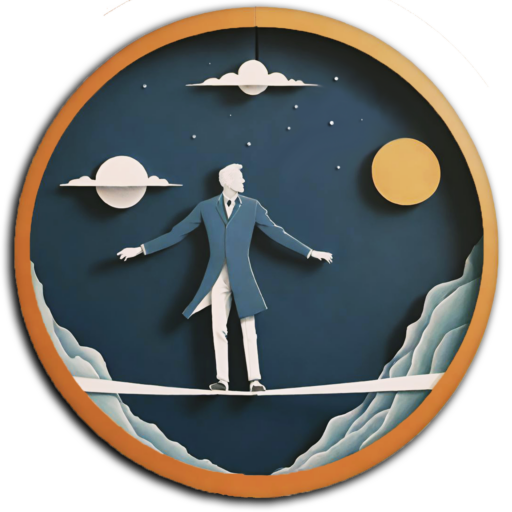theodore roethke
el despertar
premio pulitzer de poesía 1954
el despertar
Me despierto para dormir, y mi despertar es lento.
Siento mi destino en lo que no puedo temer.
Aprendo yendo a donde he de ir.
Pensamos sintiendo. ¿Qué hay allí por conocer?
Oigo mi ser bailar de un oído al otro.
Me despierto para dormir, y mi despertar es lento.
De esos tan cerca junto a mí, ¿cuál eres tú?
¡Dios bendiga el Suelo! Caminaré suavemente sobre él
Y aprenderé yendo a donde he de ir.
La luz agarra el Árbol, pero ¿quién puede decirnos cómo?
El humilde gusano sube por una tortuosa escalera;
Me despierto para dormir, y mi despertar es lento.
La Gran Naturaleza tiene otra cosa que hacernos
A ti y a mí; así que respira el vívido aire,
Y, amoroso, aprende yendo a donde se ha de ir.
Esta agitación me mantiene firme. Debería saberlo.
Lo que declina es siempre. Y está cerca.
Me despierto para dormir, y mi despertar es lento.
Aprendo yendo a donde he de ir.
The Waking
I wake to sleep, and take my waking slow.
I feel my fate in what I cannot fear.
I learn by going where I have to go.
We think by feeling. What is there to know?
I hear my being dance from ear to ear.
I wake to sleep, and take my waking slow.
Of those so close beside me, which are you?
God bless the Ground! I shall walk softly there,
And learn by going where I have to go.
Light takes the Tree; but who can tell us how?
The lowly worm climbs up a winding stair;
I wake to sleep, and take my waking slow.
Great Nature has another thing to do
To you and me, so take the lively air,
And, lovely, learn by going where to go.
This shaking keeps me steady. I should know.
What falls away is always. And is near.
I wake to sleep, and take my waking slow.
I learn by going where I have to go.
The Waking: Poems 1933-1953,
Doubleday, Nueva York, 1953
Traducción de Jonio González
Un villanelle es una forma poética fija compuesta por 19 versos
con dos rimas, en que el verso 1 del poema se repite en los
versos 6, 12 y 18, y el verso 3 se repite en 9, 15 y 19. El poema
se divide en tercetos, la última estrofa es un cuarteto.
Tiene un esquema de rima con un patrón de ABA en los tercetos
y ABAB en la cuarteta, la estructura del poema es circular.
El ejemplo más conocido de villanelle es
‘Do not go gentle into that good night’, de Dylan Thomas.
Entre los escritores que han contribuido a esta forma poética:
Seamus Heaney, Sylvia Plath, Elizabeth Bishop, WH Auden,
y Theodore Roethke.
Un ejemplo moderno de una villanelle es el poema El despertar
de Theodore Roethke.
Trabajar sobre una estructura fija como la del villanelle, contribuye,
en palabras de T.S. Eliot, a vertir los sentimientos más profundos
concentrándose en el dominio de la forma.
•


0 comentarios